Australia’s Bushfire Season Is Back, With a Whole New Set of Complications
September 23, 2020It’s time to wake up. On Global Climate Day of Action, VICE Media Group is solely telling stories about our current climate crisis. Click here to meet young climate leaders from around the globe and learn how you can take action.
It’s been 268 days since the second-largest wildfire in Earth’s recorded history came barreling down on Quaama, a small country town in Australia’s southeast. Senior deputy captain of the local fire brigade, Graham “Spice” Spicer, still carries his pager with him everywhere he goes. And he still feels a bolt of panic every time it pings.
Most of the time it’s nothing: someone’s neighbour burning a pile of green waste; the scent of smoke on the wind; a distant orange glow in the middle of the night—all the more visible now that most of the vegetation in the area has been incinerated down to a scattering of black poles.
If there’s one thing the people of fire-ravaged Quaama have learned, it’s to always expect the worst.
“I’ve had two messages this week from people, one at 10:30 at night saying ‘there’s a big fire near me, I know they’ve got a permit but there’s sparks coming all over my place, it’s gonna catch on fire’,” says Spice. “They’re freaking; it’s still so raw with people. Everyone’s really on edge.”
The fires that swept through Quaama in the early hours of New Year’s Eve—what Spice refers to as the “Happy Fucking New Year” fires—lasted 34 days in the Bega Valley, a region of wooded gullies and dairy pastures some 400 kilometres south of Sydney. Spice, along with the eleven other firefighters at the Quaama rural brigade, was out at the frontlines battling them more or less the entire time: breaking for only a few hours each day to sleep on the concrete floor of the fire station.
By February 2, 177,000-hectares had been burned and more than 400 properties and homes had been lost. Three of those homes belonged to the Quaama firefighters; one of them belonged to Spice.
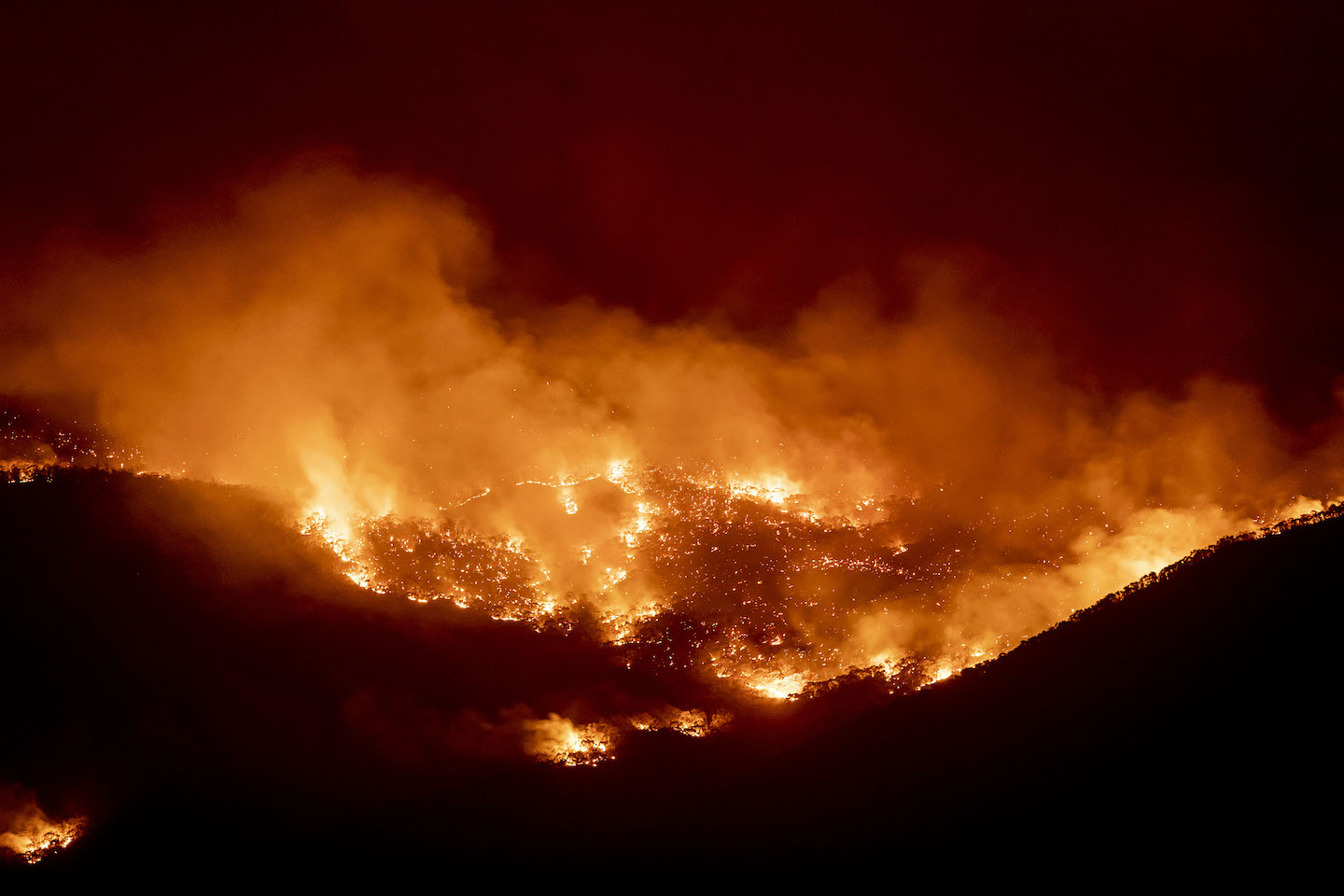
And yet those blazes were just one small part of a bushfire season that lasted from July 2019 to March 2020 and affected almost every part of Australia; burning an area of land larger than South Korea; killing 34 people directly and as many as 417 indirectly, most via a smoke cloud that stretched as far as New Zealand.
That smoke has finally cleared. But even now, three weeks into the 2020 fire season, the process of picking up the pieces from the last one has barely begun.
“A lot of people still haven’t recovered,” Spice says, over the phone, from the concrete shack on his property where he’s been living for the past seven months. “People are still living in caravans and tents; they’re still dealing with their water systems; still trying to clean their properties up. It can take months to realise some of the things you’ve lost.”
Now, as Australia rolls back into summer, it’s understandable that the hundreds of shellshocked locals in the area might be nervous about the prospect of another fire season. Fresh off the back of the last one, many are asking themselves if another worst case scenario could be in the offing.
The latest data from the Bushfire and Natural Hazards Cooperative Research Centre (BNHCRC) offers some hope. For one, the climatic conditions in most parts of Australia this year are far better than they were 12 months ago. By the end of September ‘19, huge swaths of the NSW-Queensland borderlands were already in flames. Ninety-nine percent of the state was in drought, thousands of hectares of grazing country kiln-dried by months without meaningful rain, and many towns caught in the path of the firefront barely had any fire-fighting water in the dams.
But 2020 has been a much wetter year, and BNHCRC’s Australian Seasonal Bushfire Outlook: September - November report indicates that although parts of Queensland and Western Australia are still facing “above normal” fire potential, most of the country is currently under a La Niña alert, meaning large parts of its east and north can expect higher-than-average rainfall for the next few months.
Broadly speaking, Spice too seems positive about the conditions going into this fire season, especially since the Bega Valley has seen enough rain to fill creeks and dams that were almost parched at the start of the year. A more accurate description of his outlook, though, would be “cautiously optimistic”. Having been with the local fire brigade for the past three decades, he has no illusions about how quickly things can change.
“Expect anything, because anything’s possible,” he says. “The long term weather report’s talking about a wet spring and summer of average rain, which is great—but you sort of can't win with the fire brigades. If it's dry, it's dangerous: there's a lot of fuel. And if it rains, everything is going to grow and then it's going to dry out and then it's going to become dangerous.
“So no matter which way it goes, you’re sort of on edge.”
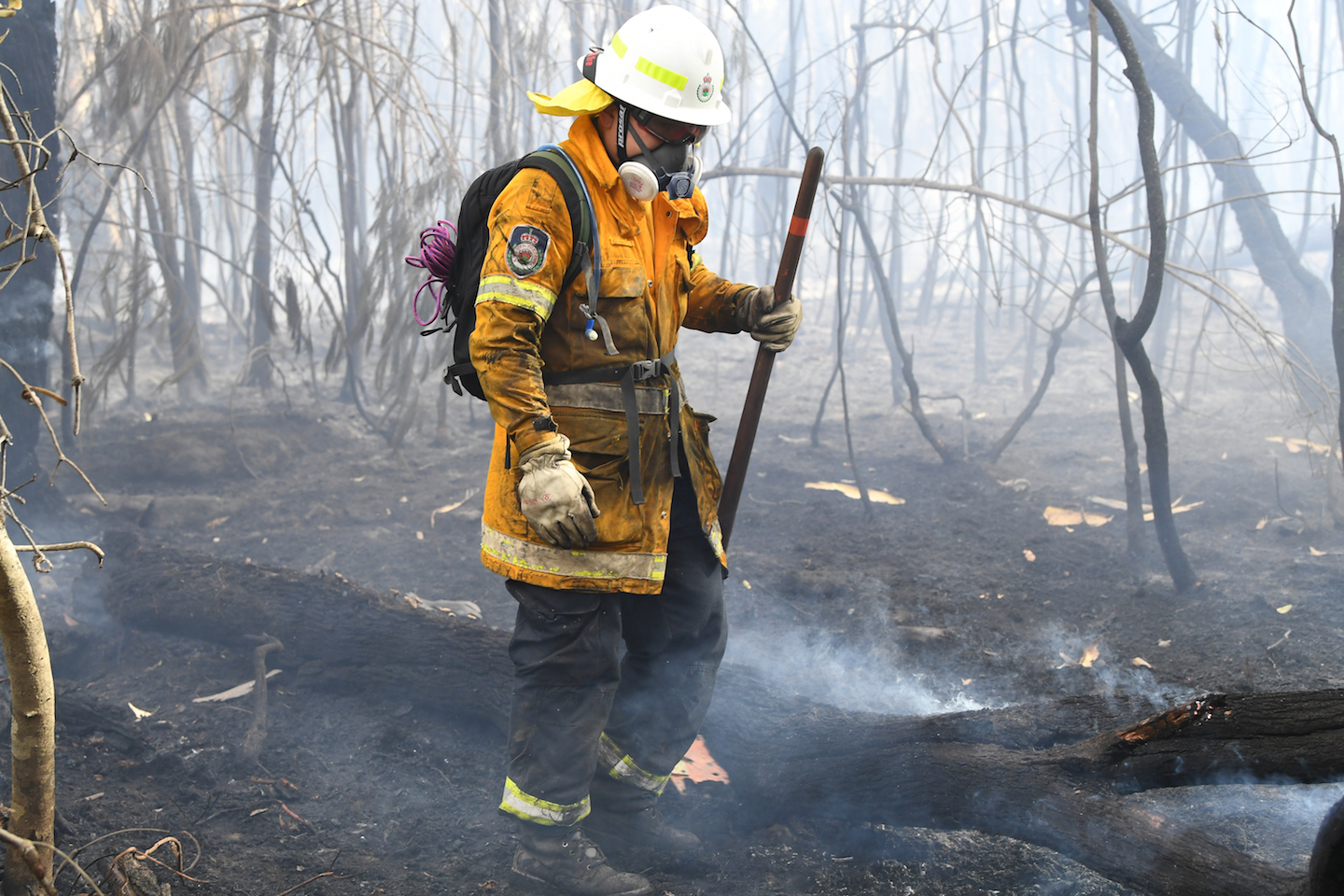
The imminent possibility of a large-scale bushfire is almost impossible to prepare for in any case, according to Spice, but 2020’s compounding catastrophes have thrown up a particularly unique set of challenges. Towards the end of March, barely a fortnight after NSW’s last blazes had finally been extinguished, COVID-19 swept through Australia—“spreading like wildfire”, as the catch cries put it—and decimated even the slightest bit of hope that the country’s disaster-stricken communities could return to some semblance of normalcy any time soon.
In Quaama, the community's attempts to rebuild out of the ashes were stopped in their tracks. Travel restrictions and border closures meant that crews of technicians from Victoria who’d been donating solar systems, batteries and inverters were denied access. For the community, an all new sense of dread and paranoia started to creep in. And for Spice and his colleagues, the prospect of fighting fires was made exponentially more difficult.
First the brigade was told to only respond to emergency calls, meaning they couldn’t help with clearing roads, cleaning up fuel or doing controlled burns. “Then we were only allowed two people in the truck,” says Spice. “We had to wear masks in the truck; we had to sterilize the truck every time we used it.”
Now he’s started hearing suggestions that if more crew members are needed to quell a blaze then they should take their own cars out to the front.
The persistent issue of never having enough people in the brigade has also been exacerbated by the public health crisis. Education days, recruitment opportunities and weekly training sessions were all put on hiatus for the better part of six months as the government enforced rigorous social distancing restrictions to try and minimise the risk of infection.
“Because they're very concerned about the emergency services, you know, getting the COVID,” Spice explains. “That would really fuck us up.”
He’s right: a mere dozen men forming the last line of defense between approaching bushfires and people’s homes, and all of them working in close proximity—the outbreak of a cluster in a squad like that could be devastating for a community like Quaama.
“The whole thing could get spread in one training day; it could wipe out a whole fire brigade. We’re in such small numbers that if [the virus] gets into our services it opens up the whole community to not having anyone to protect it.”
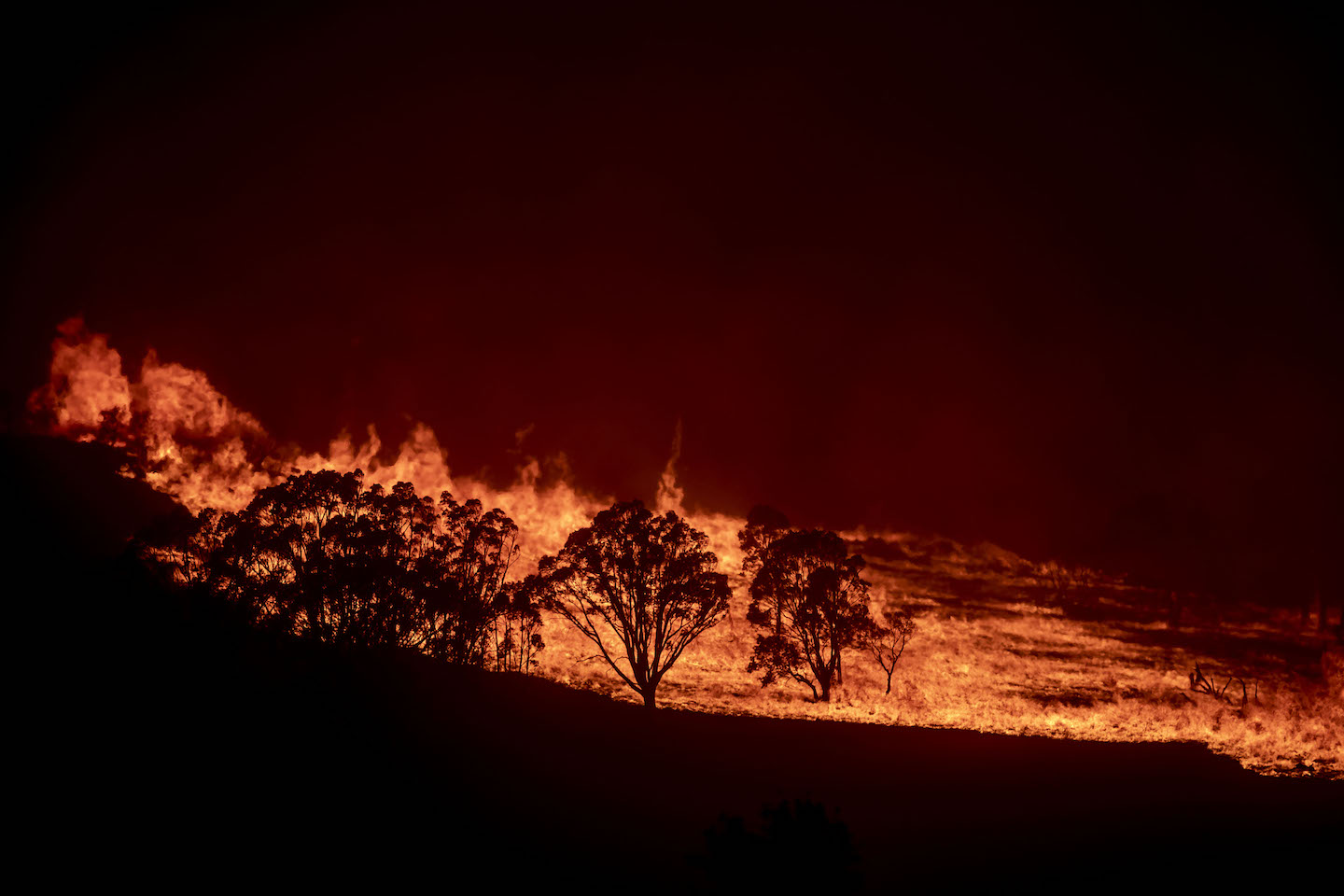
Then there’s the problem of travel. Before state governments shut their borders and imposed constraints on mobility, it was common practice for disparate fire brigades to put together strike teams and deploy them out to disaster zones around the country. If resources allowed for it, personnel from across Australia could be sent wherever they were most needed. Last summer more than 7,000 firefighters moved between borders.
“Now we can’t go into Victoria, we can’t go into Queensland—everyone’s worried about moving around,” says Spice. Nor, he adds rather somberly, can they repay the favour to the California firefighters who came to their aid during Black Summer, and who are currently battling the largest blazes their state has ever seen.
“Normally something like that we’d be putting together strike teams to go over there to help because they came and helped us—you know, they even lost a few of their aviation firefighters. But with the COVID thing we can’t go over.”
Experts have noted how California’s current wildfires are already mirroring those seen in Australia last summer. Both the Australian Bureau of Meteorology and the US Government's Global Change Research Program have identified a long-term increase in the length and severity of fire seasons over the past several decades, while researchers have pointed to record drought and heat—each a result of human-induced climate change—as primary causes for both of these most recent disasters.
But there is another disturbing way in which the situation in California is beginning to echo Australia’s Black Summer: namely, the tendency among right-wing figures to dismiss the idea that global warming played a role. Donald Trump, Fox News, and a number of US oil and gas companies have embraced a narrative that refutes climate science and instead apportions blame to predictable scapegoats like Antifa—a move straight out of the playbook of Australia’s conservative government, who downplayed the role of climate change, and the nation’s right-wing media, who wrongly pointed the finger at arsonists.
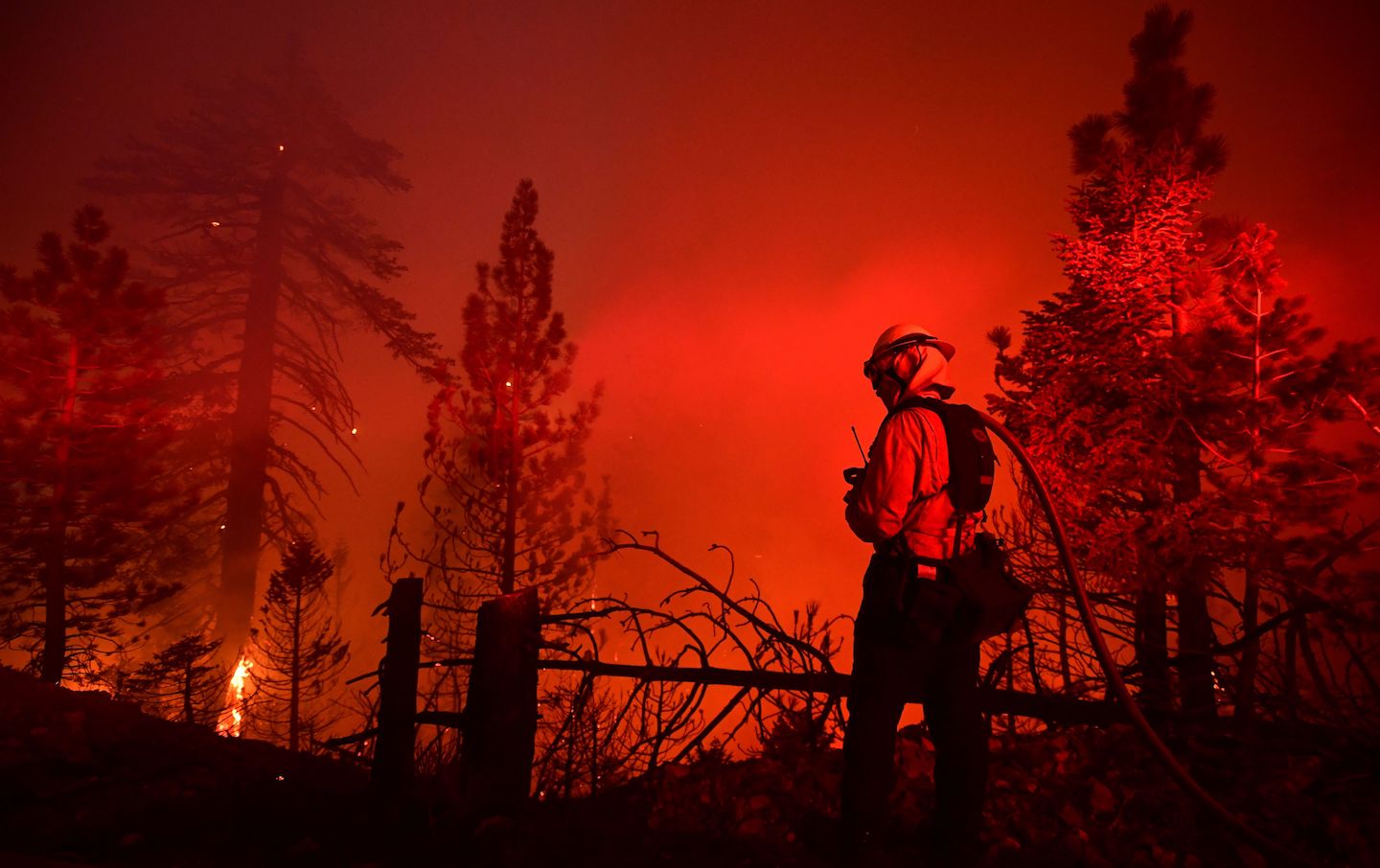
For many people on the ground in Australia’s fire-ravaged communities, though, the current events in the American Midwest are a chilling reminder of an inconvenient truth. Black Summer was, in many ways, a freak occurrence. But the climate change factors that have been identified as some of the major drivers of both it and California’s current bushfire season aren’t going anywhere anytime soon.
The question has perhaps never been more urgent: in the event that Australia was hit with another large-scale bushfire season, would it be ready?
“No,” says Spice, bluntly. “I've been in the brigade for a long time, done a lot of training, and it just didn't prepare us for what happened [last summer]. That was just … catastrophe was there in a minute. Nothing prepares you for that.”
When asked what the fire brigade would do if another large-scale bushfire came through, he offers a similarly candid response: “probably shit ourselves.”
Whenever drawn on the subject of fire risk, both Spice and Dr Thornton concede to a harsh truth: that bushfires, big or small, are an immutable reality of Australian life. So how can Australians ready themselves for the impending follow-up to Black Summer?
“Now is the time to prepare your home and family for fire,” says Dr Thornton, adding that one of the best things a person can do is to make a bushfire plan and discuss it with their family.
“The safest place to be in a bushfire is somewhere else, but if you’re defending your home you need to take into account what you’ll do if the power or water go off, or if there’s only one adult present instead of two,” he says. “[And] if you’re leaving early, what are your triggers to leave? Where—exactly—will you go, and how—exactly—will you get there?”
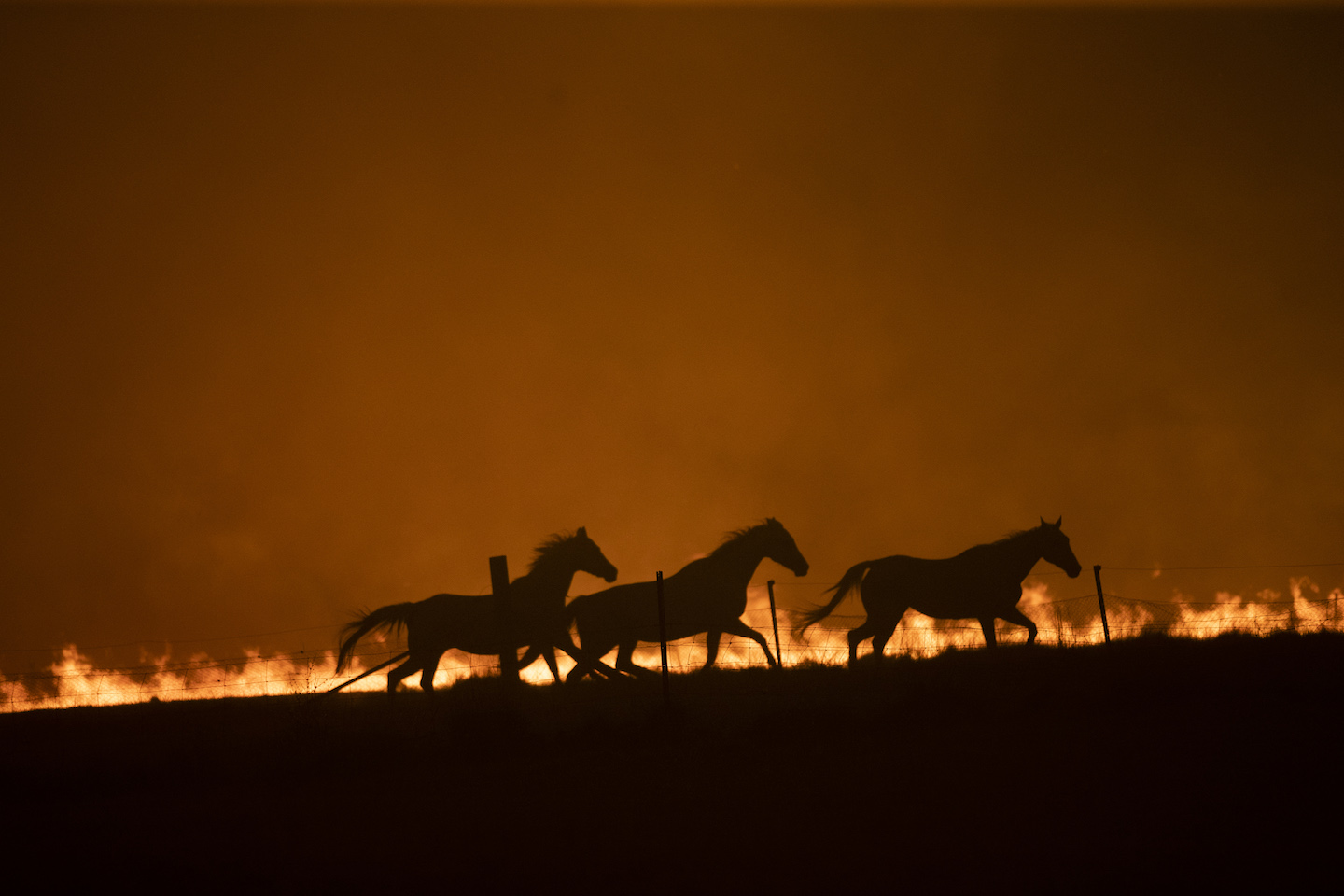
Spice echoes the idea that it is individuals, families and communities who need to get themselves prepared—and “don't expect there's going to be a fire truck coming down your driveway.”
“The best thing people can do as far as fire awareness is to take care of their own backyard and enable themselves with the obvious: water supply, water pump and water hose,” he says. But after last summer those resources are proving harder to come by in places like Quaama—and Spice admits that, even without the compounding difficulties of a town still in the throes of disaster recovery, people almost always leave it until it’s too late.
“It's difficult,” he says. “It's hard to get people to do anything about it. They say they will, and they plan on it. But before you know it another summer’s upon them.”
Follow Gavin on Twitter

